Is an American Bully a Pitbull? Facts, Breed Comparison & Adoption Tips
By Ashley Bates
Updated on
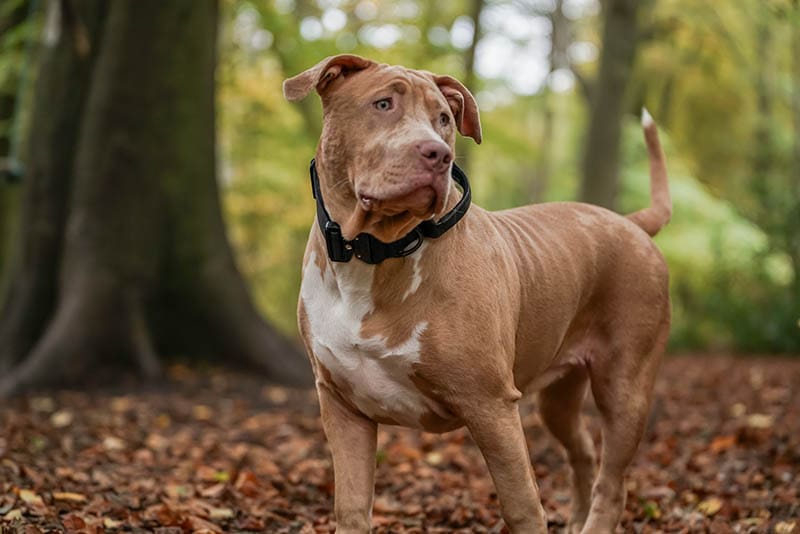
Click to Skip Ahead
There are so many bully breeds out there that look similar. How can you tell them apart? The Staffordshire Terrier, the American Pitbull, the English Bulldog, the American Bulldog, the American Bully—are they all essentially the same?
While similar, the American Bully and American Pitbull are not the same dog breed. They have different genetic makeups. So, what exactly is each one, and how can you spot the difference? We’re going to go over all the details in this article, so let’s find out.
The American Bully Is Related to the American Pit Bull Terrier
While the American Bully is related to the Pit Bull directly, because the American Pit Bull Terrier was one of the dogs used in the development of the breed, they are not the same dog. Once you learn the differences, it will be easy to understand how each one of these breeds is different from one another.
We will discuss the personality and physical differences between the two.
American Bully Facts
The American Bully is a relatively new dog breed that started development in the early 2000s and gained formal recognition by the American Bully Kennel Club in 2004. Unlike many other bully breeds that were used for fighting and other gnarly tasks, the American Bully was built for companionship.
In 2008, the American Bully was recognized by the European Bully Kennel Club, and by the United Kennel Club in 2013. While they have spent some time getting the recognition they deserve, there are many kennel clubs that have not yet classified this particular pup as a purebred.
While these dogs were bred for companionship, it is hard to weed out some characteristics that make the dog aggressive. Between 2021 and 2023, the XL version of the American Bully was responsible for over 50% of deaths caused by dogs alone.
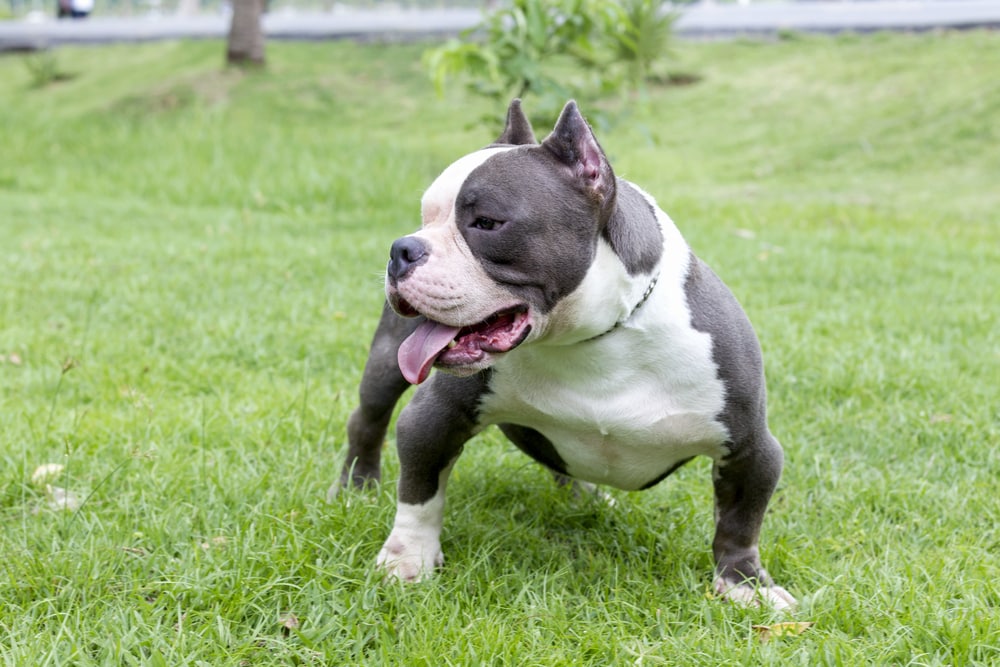
Personality
These dogs are considered extremely friendly and loyal to members of their household. They imprint very well with their family members and love to be the center of attention. These dogs thrive on affection, sitting for belly rubs, head pats, and kisses.
You can really get a wildcard when choosing a bully. A well-bred bully makes a terrific buddy, offering his family protection, companionship, and unmatched loyalty. However, the bully can have a little issue with discernment if improperly trained or poorly socialized.
While it is a goal for the aggressive nature to be bred out of the line, it can sometimes be a huge issue. In fact, temperament issues are one of the breed’s biggest downfalls. While bred to be amazing friends, they make a real opposer if they find a threat.
These dogs can be territorial with other canines and strangers. Early socialization can help alleviate a lot of the issue, although some dogs are naturally aggressive. Because of their unique challenges and a broad spectrum of personality possibilities, it’s best to be an experienced owner before committing to the breed.
Physical Appearance
The American Bully is a stout, muscular dog that has a rather short stature. They stand roughly 13–20 inches tall and weigh approximately 44–132 pounds. Their coats are short, sleek, and glossy with a firm texture. They can be any color in the bully lineup and come in several variants.
Some variants of the American Bully include the XL Bully, Pocket Bully, Micro Bully, and Toadline Bully—each one differs slightly in personality and physical makeup. The American Bully has had several influences during breeding to achieve various results.
The American Bully has influences of the American Pit Bull Terrier and Staffordshire Terrier.
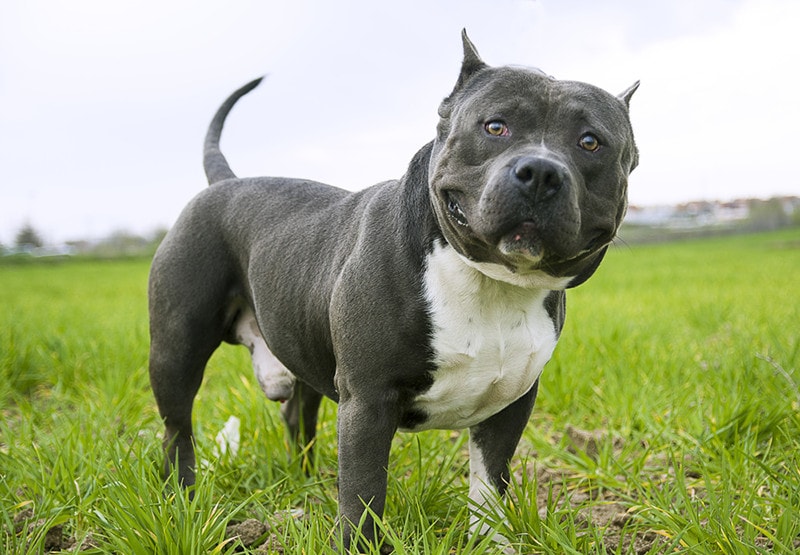
Health
The American Bully has moderate health, with a lifespan of 8 to 13 years old. They have a few health issues to mention, most of which depend on the type of bully you have and genetics at play.
- Hip dysplasia
- Elbow dysplasia
- Heart disease
- Allergies
- Hypothyroidism
American Pit Bull Terrier Facts
The American Pit Bull Terrier, originally called the Pit Bull Terrier, was developed in the 19th century in Europe. The original countries that participated in the breed’s development included Scotland, England, and Ireland. These dogs were tasked with herding, guarding, and hunting.
However, because of their intensely powerful jowls and physical capabilities, they were also used in fighting circles. While not recognized as a specific breed from the American Kennel Club, they have been accepted by the United Kennel Club since 1898.
Unfortunately, the Pit Bull remains one of the most commonly surrendered and abandoned dogs in the United States. Shelters are riddled with these dogs.
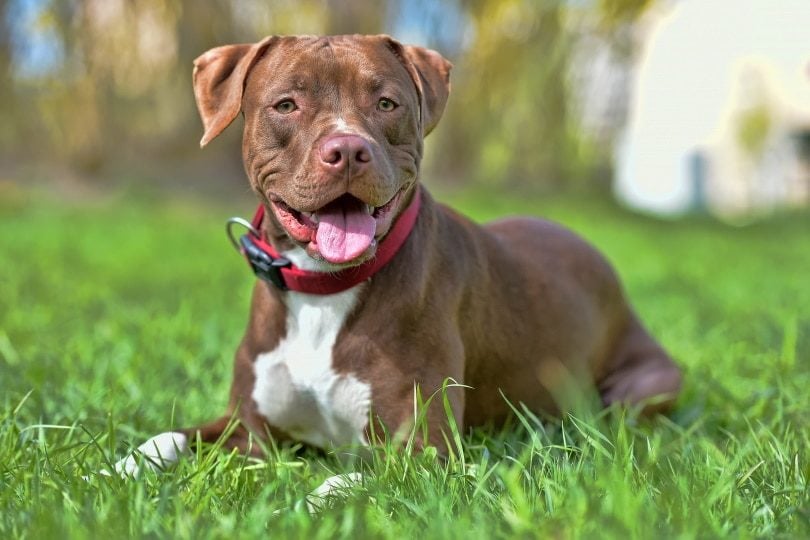
Personality
It’s no secret that Pit Bulls get a bad rap. They are banned from many apartments and public spaces. Even though most people are just a blessing to be around, these concerns have their merit. For years, Pit Bulls have been used in fighting rings and bred irresponsibly to complete gut-wrenching tasks.
At no fault of their own, major issues have entered the genetic lineup of the breed, making many puppies unpredictable or temperamentally unsound. However, as a whole, Pit Bulls are an incredibly loving breed that has unmatched best-friend potential. They are goofy, fun-loving, and rowdy, making you laugh at every turn.
Pit Bulls tend to have very loving personalities. They usually get along well with children, permitting they are raised with them. A Pit Bull can have quite a high prey drive due to breed characteristics and might not get along with cats or other small animals.
Pit Bulls are also semi-notorious for having same-sex dog aggression, so it is a behavioral concern if you already have females.
Physical Appearance
Some of the most notable qualities of the Pit Bull dog breed are their extremely muscular physical physique and powerful jaws. Pit Bulls can vary in size, but they generally stand between 18–21 inches and weigh 30–85 pounds.
Pit Bulls generally have very sleek, short coats that shed profusely year-round. These dogs are relatively easy to maintain as far as grooming is concerned, requiring bathing about once every 4 to 6 weeks.
Do be careful not to overbathe this breed, as they are already prone to hot spots and other skin issues. The more you wipe away their natural oils, the more likely they are to develop some type of bad reaction.
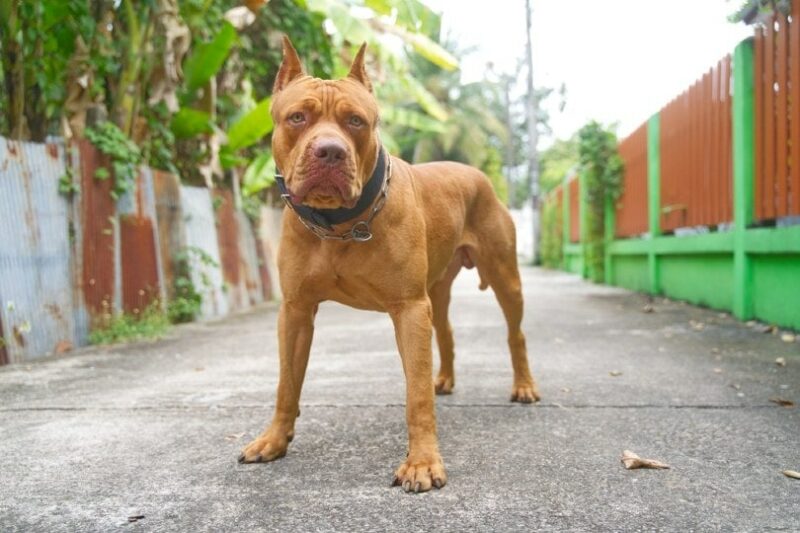
Health
Because of poor breeding practices, a Pit Bull’s health can be up in the air. Some of them can be very healthy with very few health issues to mention, while others are riddled with problems. Pit Bulls can suffer anything from physical health issues to behavioral problems that need to be addressed with a professional. To keep your Pit Bull healthy, it is important to keep up with routine visits, as you would with any other dog.
One of the major problems Pit Bulls have are environmental and food allergies. They are typically very systematically sensitive and often require tweaks in the diet to stay in good shape. The average lifespan for an American Pit Bull Terrier is 8 to 15 years.
Other problems that plague the Pit Bull breed include:
- Ligament issues
- Hip dysplasia
- Thyroid disease
- Gastric dilation
- Ichthyosis
- Cataracts
- Cerebellar ataxia
- Heart disease
Responsible Ownership of Bull Breeds
Both American Bullies and American Pit Bull Terriers get a very bad rap. These dogs are often banned, restricted, or looked down upon by society due to their inclination for aggression. Of course, it is no fault of the dogs when it comes to temperament.
People have achieved this temperament through poor breeding practices and unethical handling. However, it is now more important than ever to be highly cautious when you’re purchasing any bull breed. Often, people breed these dogs strictly for profit without ensuring a proper environment during pregnancy and weaning stages. Dogs also typically lack proper vetting and genetic testing.
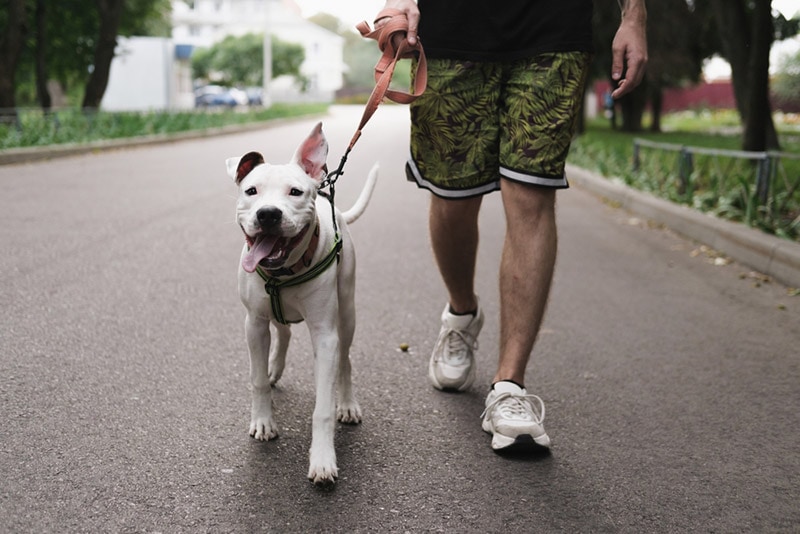
Backyard vs. Ethical Breeding
If you are interested in an American Bully or an American Pit Bull Terrier, it is imperative that you diligently research breeders in your area. Don’t fall for ultra-low prices or “free” ads. Getting a puppy or dog from a sketchy situation can ultimately put you in a poor predicament.
Beware of any breeder that:
- Lacks transparency
- Refuses to show pictures
- Won’t allow you on the premises
- Won’t show/explain parents
- Seems in a hurry to sell
- Fails to ask you questions
A good breeder will have a much different approach. They want the puppies to go to loving forever homes and breed for the love of the dog—not for financial gain or sinister intent. Quality bully breeders will typically have waiting lists, deposit requests, and puppy contracts as part of the rehoming process.
Adopting a Bull Breed
Bull breeds are some of the most surrendered and frequently euthanized dogs in shelters across the United States, with over 1 million Pits euthanized yearly. In major cities, as many as 65% of all surrendered dogs fall in the “bull breed” category.
These dogs require a responsible owner with extensive knowledge to ensure the best life possible for these unique, affectionate breeds. With effort, we can all do our part to end the stigma around these dogs and create better specimens for the future by encouraging ethical breeding.
Bull breeds can make the most fantastic family companions if they are reared correctly. However, if you buy from a backyard breeder, the chances of having an unpredictable temperament and other unsavory characteristics rise dramatically. Keep in mind that there are tons of different bull breeds at rescues and shelters.
These dogs have been appropriately vetted, observed, and tested to pinpoint their compatibility factors. If you are interested in adopting, contact the agency and undergo the proper screening to see if you fit the particular dog in question.
Not only will rescues perform screening, they will also make sure you have a proper vet, permission from a landlord or homeowner, and a laundry list of other criteria. It is imperative that misunderstood underdogs like these need extra love, care, and consideration throughout the rehoming process.
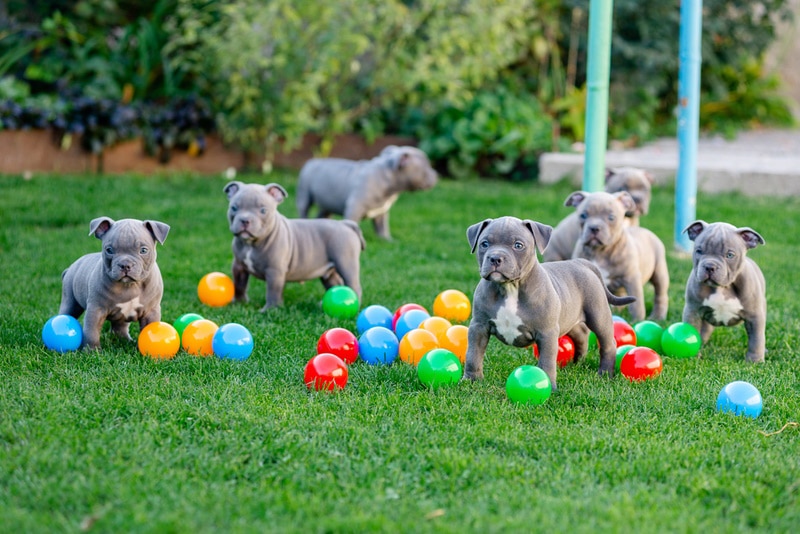
Final Thoughts
Now you understand that it’s very easy to mistake the American Bully and the American Pit Bull Terrier. Both of them have very similar appearances and share the same lineage as well. The American Bully is a much more modern breed than their Pit Bull cousins. The idea was to create a bulky companion animal with unmatched loyalty.
While the breed exhibits these characteristics, they are notoriously unpredictable in temperament. As always, we recommend buying from a reputable breeder with extensive knowledge and a history of successful litters of the breed you desire.
Featured Image Credit: diggers1313, Shutterstock











